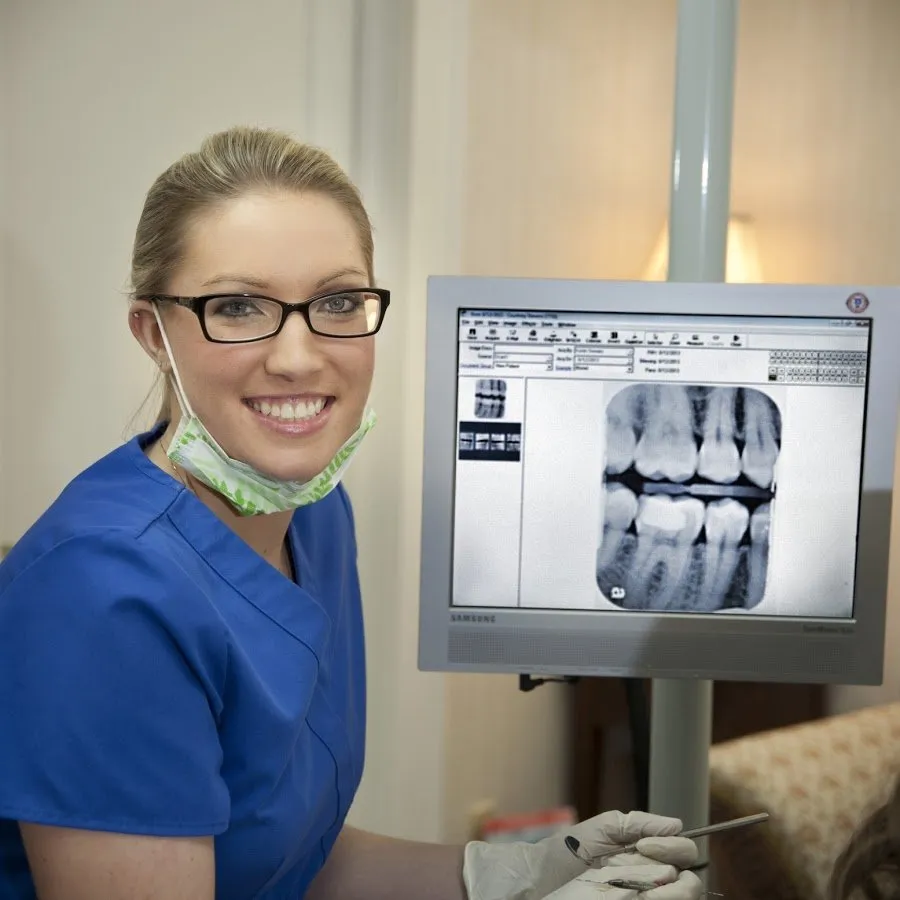In toddlers and young children, a loose milk tooth usually heralds the arrival of its permanent replacement. This is a time of discovery, a time to celebrate. Loose milk teeth eventually fall out, as nature intended, and are replaced with permanent teeth. However, there is nothing natural about loose teeth in adults. A loose tooth is an indicator that something is wrong.
Teeth are held in place, within their sockets, by the periodontal ligament. These web-like tissue fibres cover the roots of teeth and anchor them to the jawbone. Gum tissue also helps to hold teeth in place. If teeth are loose then, there is an underlying issue that is affecting those tissues.
Periodontal Disease
This disease affects 53.4% of Australians over the age of 65 and causes the deterioration of the tissues, i.e., bone, periodontal ligaments and gums that hold the teeth in place. Gingivitis, the milder and curable form of gum disease, precedes periodontal disease and is caused by a build-up of bacteria at the gum line. If not treated, gingivitis later becomes periodontal disease.
Gingivitis leaves the gums swollen and inflamed. Periodontal disease attacks the supporting tissues, creating pockets around the teeth, causing them to become loose.
To treat periodontal disease, a periodontist removes the tartar from the tooth. This allows the tissues to reattach to the teeth. In some cases, gum grafting or pocket reduction is necessary.
Bruxism (Nocturnal Grinding)
Night-time grinding, or bruxism, affects about 10% of the adult population. Everyone has probably, at some point in their lives, heard the awful sound of teeth being ground together in the night. That sound indicates that a sleeper’s teeth are experiencing 10-12 times more pressure than that which is usually applied during normal chewing.
These massive forces wear teeth down and cause them to become loose in their sockets due to the back and forth rocking forces exerted on them. Stress can contribute to bruxism, as can alcohol, tiredness and a misaligned bite.
A dentist can treat this issue by first giving the patient a night guard to protect their teeth at night, and then by correcting any misalignment issues.
Dental Abscess
A dental abscess is usually preceded by pain and sensitivity. This is the first indication that something is wrong. Ideally, patients should get to their dentist as early as possible. Otherwise, the pulp within the tooth dies. Once dead, the pulp rots inside the tooth. The dead tissue, dead bacterial organisms, and other waste material has nowhere to go except to the roots.
In the form of pus, it builds up at the tip of the root, infecting the surrounding bone structure. Not only does this cause swelling, but it also loosens the tooth in its socket as the infection destroys the bone and supporting ligaments.
To treat this, the abscess needs to be drained and the infection treated with antibiotics. In severe cases, the tooth will need to be removed.
Malocclusion
This is essentially a misaligned bite. Usually, misalignment of the teeth can be corrected with braces. However, when not corrected, one or more teeth may be subject to more pressure than the others during eating and speaking. This excess force not only wears teeth down, but also affects the gums and periodontal ligaments, in much the same way as bruxism. If not corrected, the affected teeth become loose.
This problem can be corrected with braces. When a tooth is especially loose and in danger of falling out, it can be splinted. By bonding the loose tooth to an adjacent tooth, the tooth benefits from the added stability. This helps in the healing process.
Has one of your teeth become loose? Then you need to see a dentist so that together, you can determine the cause and decide upon an appropriate form of treatment. Don’t wait for the problem to go away on its own. When treated early, loose teeth can be saved.




